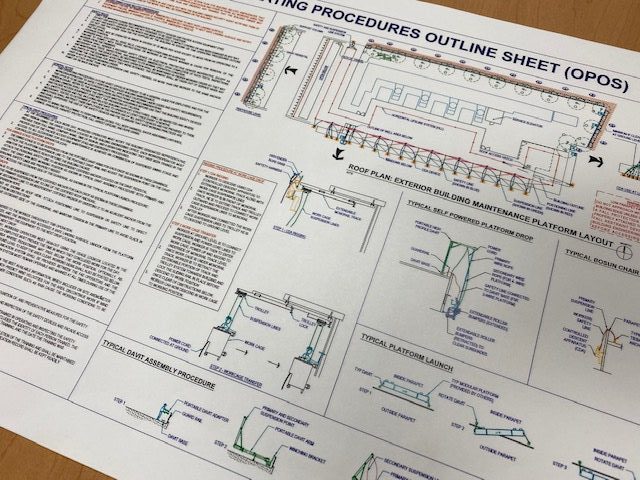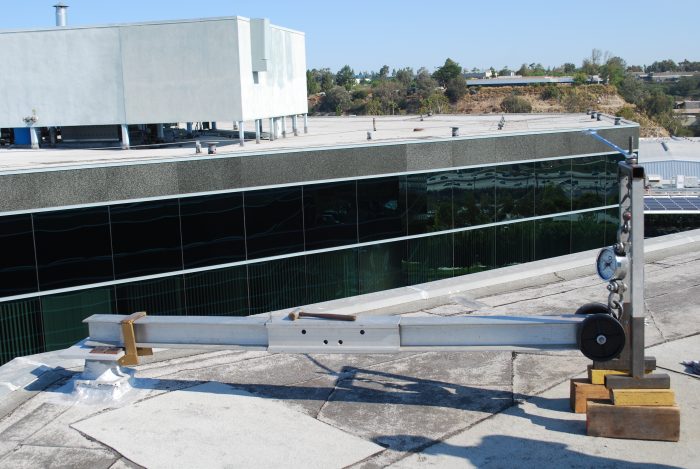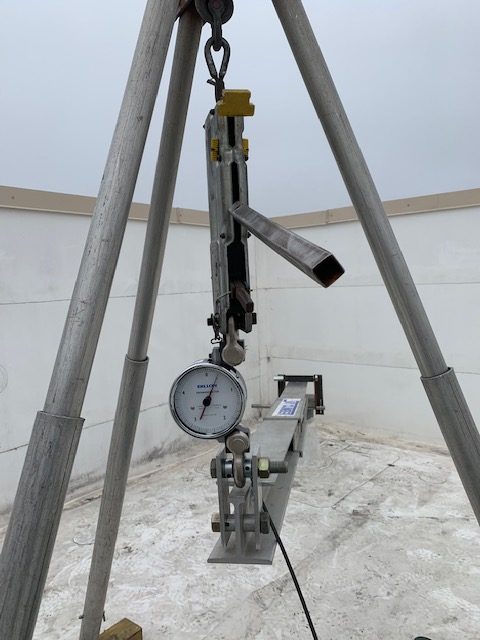Compliance Consultation
There are two specific areas that TIC can assist you with Cal-OSHA regulatory compliance.
- OPERATING PROCEDURES OUTLINE SHEET (OPOS)
If your building requires an Operating Procedures Outline Sheet (OPOS) The Inspection Company can provide you with exactly what you need!
Does your building require an OPOS according to Cal-OSHA? If your answer is “Yes,” to any of these questions, you must have an OPOS developed and provided for all contractors and employees that may access the building’s rooftop.
- My building is over 36’ or three stories and requires complex rigging to access parts of the façade.
- My building is over 36’ or three stories and I know a Bosun Chair needs to be used to access certain areas of my building.
- There are areas of my building that are hazardous to access from the ground and must only be reached following very specific directions.
The Inspection Company will perform the safety inspection and analysis required to develop a comprehensive OPOS for your building that fulfills Cal-OSHA requirements and provides the information needed to safely access your façade.

- LOAD TESTING
Oftentimes, particularly if it’s been 10 years since the building equipment has been load tested, a Load Test will need to be performed to ensure the integrity of anchors and building safety devices.
§3296. Inspection and Tests.
(3) Building safety devices and equipment as described in Section 3282(p)(1)(A) shall be load tested if damage, corrosion or deterioration affecting the load bearing integrity of building safety devices and equipment is detected or suspected.
(A) The safety device or equipment shall be removed from service until repaired or replaced if testing indicates that the load sustaining integrity of a safety device or equipment has been compromised.
(B) A professional engineer experienced in the design of building safety devices and equipment shall inspect and evaluate such equipment when any of the following occur:
1. The design documents are not available;
2. The design is deficient; or
3. Inspections or tests determine that the safety devices or equipment are not safe for use.
(C) Damage to safety devices or equipment, or damage to the building structure from testing operations shall be reported to the building owner.
(D) If safety deficiencies affecting the load bearing integrity of devices or equipment have not been corrected within 60 days from the date the building owner was notified, the deficiencies shall be reported to the Division by the inspecting agency contracted to perform inspections and/or testing.
(4)(A) Load suspension devices shall not be tested to more than 2 times the rated working load which the device is designed to lift and/or support.
(B) Roof tie-backs shall be tested to no more than 50 percent of their rated capacity. For example, a roof tie-back with a rated capacity of 5000 pounds shall not be tested in excess of 2500 pounds.
(5) Test equipment shall be calibrated at least annually and calibration records shall be available to the Division.
(6) The load testing methodology and load testing procedures for a building’s safety devices and equipment shall be prescribed, in writing, by a professional engineer and load tests shall be performed by qualified persons under the direction of the engineer.


